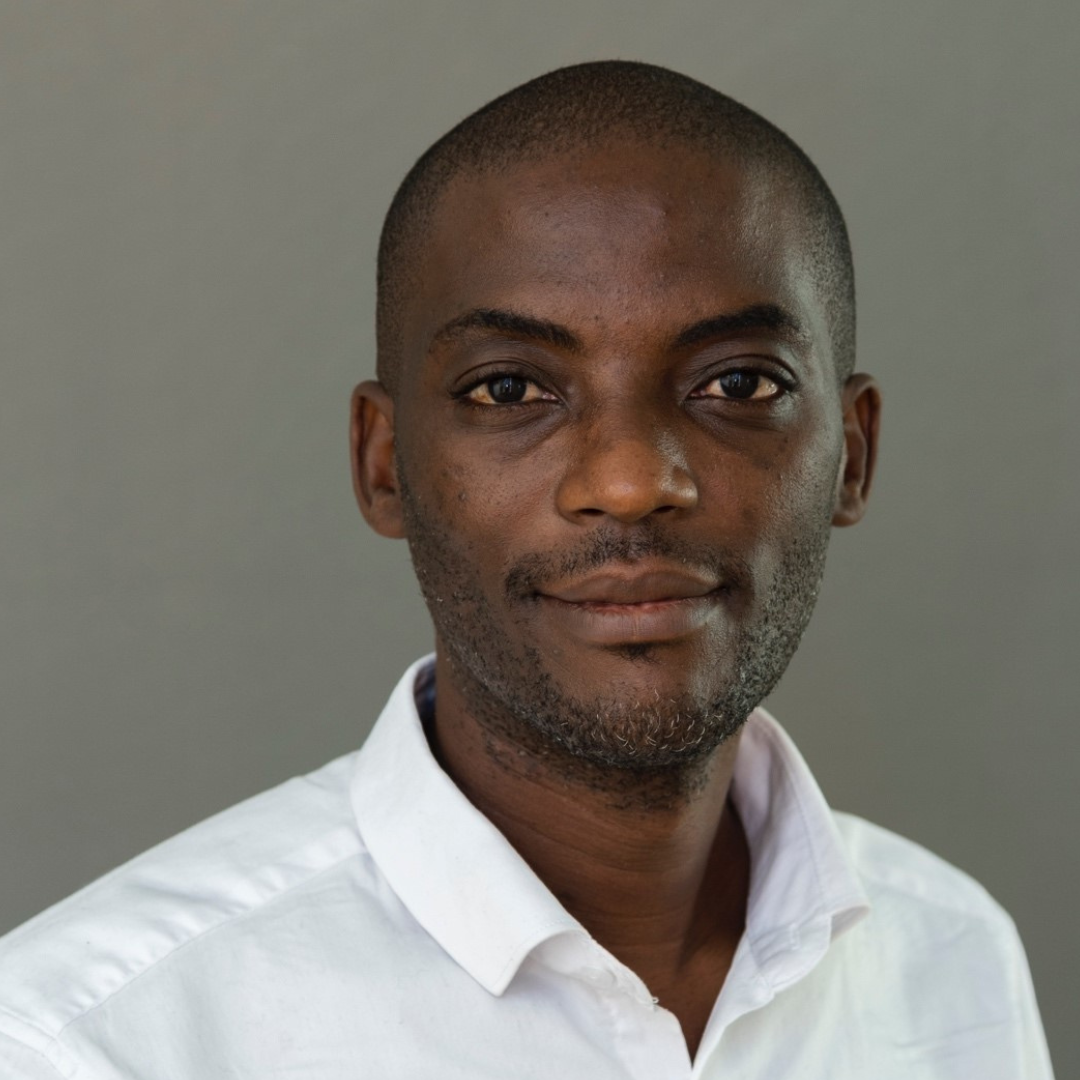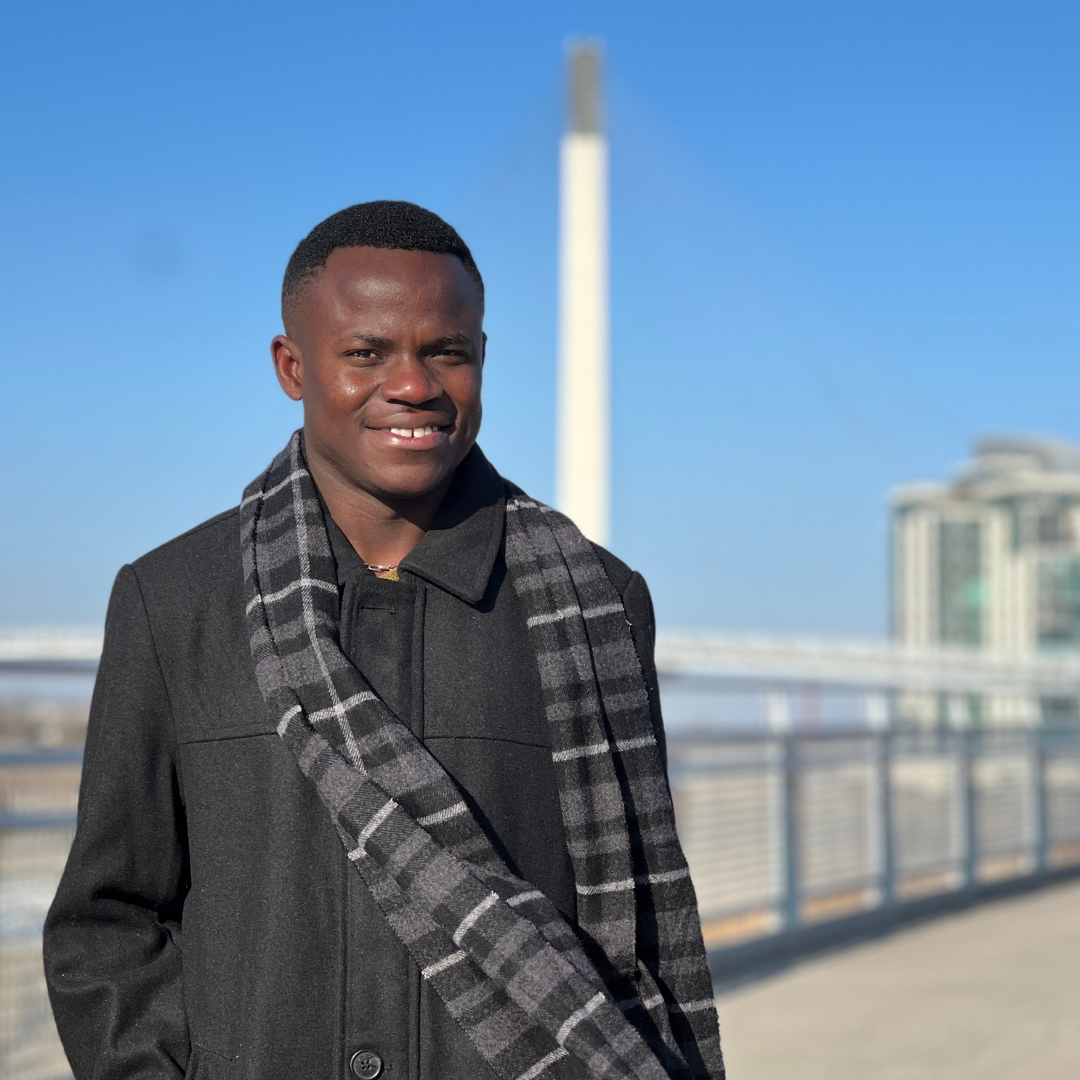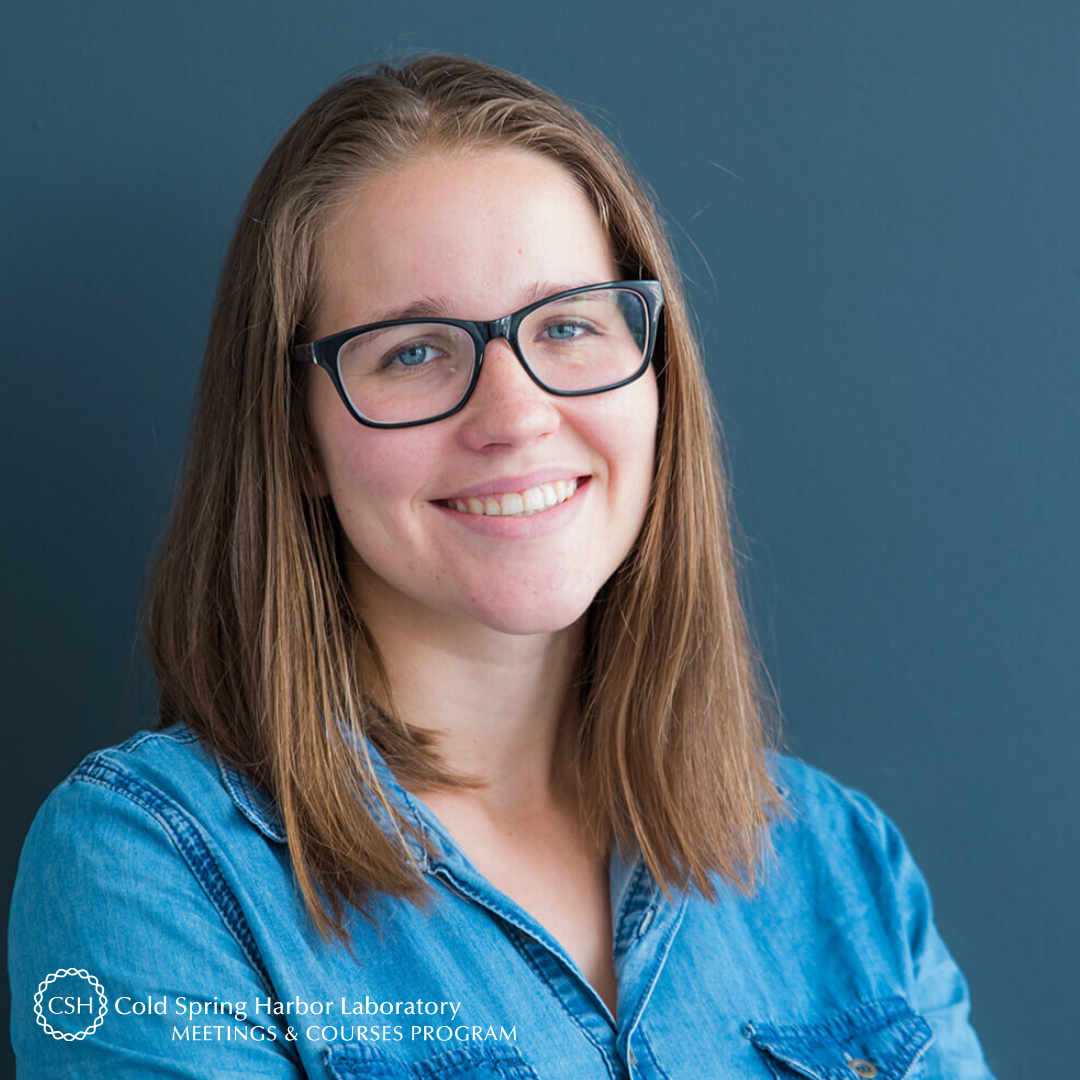Meet María Jose Gomez Hughes who is affiliated with the University of Texas at Austin and Universidad de los Andes (Colombia). At the University of Texas, María Jose is a scientist associate in the Genomic Sequencing and Analysis Facility (GSAF) while she is a collaborator in Andrew J. Crawford’s lab in the Universidad de los Andes. The Colombian national is at CSHL this week attending her first meeting: The Biology of Genomes.
Tell us about your research.
At the GSAF, I work with researchers through preparing NGS libraries and doing quality control of said libraries. And at the Crawford Lab, I use genomics to understand the conservation status of capybaras and frogs as well as study frog evolution and adaptation to environmental variables.
How did you decide to focus on this area/project?
I have always found evolution fascinating and have been drawn to understand it, including the role conservation status plays in it. At the same time, I greatly enjoy being in the lab and helping other people.
What and/or who is the inspiration behind your scientific journey?
I am inspired by all the great women and non-binary people in science, both by their work and by their resilience. I am also inspired by the world around me, by its beauty and intricacy.
Where do you see yourself in five years?
I see myself in the same place I am right now. I greatly enjoy my work and wouldn’t want to change it.
What do you love most about being a researcher?
I enjoy solving problems and being able to feed my curiosity.
What drew you to attend this meeting?
I thought the Biology of Genomes to be a great place to learn about all the genomics research taking place all around the world.
What is your key takeaway from the Meeting; and how do you plan to apply it to your work?
There is way more innovative research going on in genomics, both in wet and dry lab, than I previously thought. I plan to apply some of the things I learned in my research and see what new things I can find.
What feedback or advice would you share with someone considering to participate in this meeting?
I would advise them to take it slow. There are a lot of things going on and it can become a bit hectic so try to enjoy not only the meeting and the great science, but also all the natural surroundings.
What’s the most memorable thing that happened during the Meeting?
There are a lot of memorable things that happened during the meeting and it’s hard to choose one, but being able to engage with other researchers and discuss with them in person was definitely a great change.
Is this your first in-person meeting since the pandemic? If so, any thoughts you’d like to share?
Yes, it’s great to be able to talk to people about their research in person, in particular at the poster sessions. Having presented online before, I know how hard it can be so it’s great to have in-person meetings again; though online meetings are still great for accessibility and to engage with a broader audience.
What do you like most about your time at CSHL?
How beautiful it is around here. There’s so much nature going on in and around campus. I was very pleasantly surprised by it.
Thank you to Maria Jose for being this week's featured visitor. To meet other featured researchers - and discover the wide range of science that takes part in a CSHL meeting or course - go here.
Image provided by Maria Jose Gomez Hughes






























